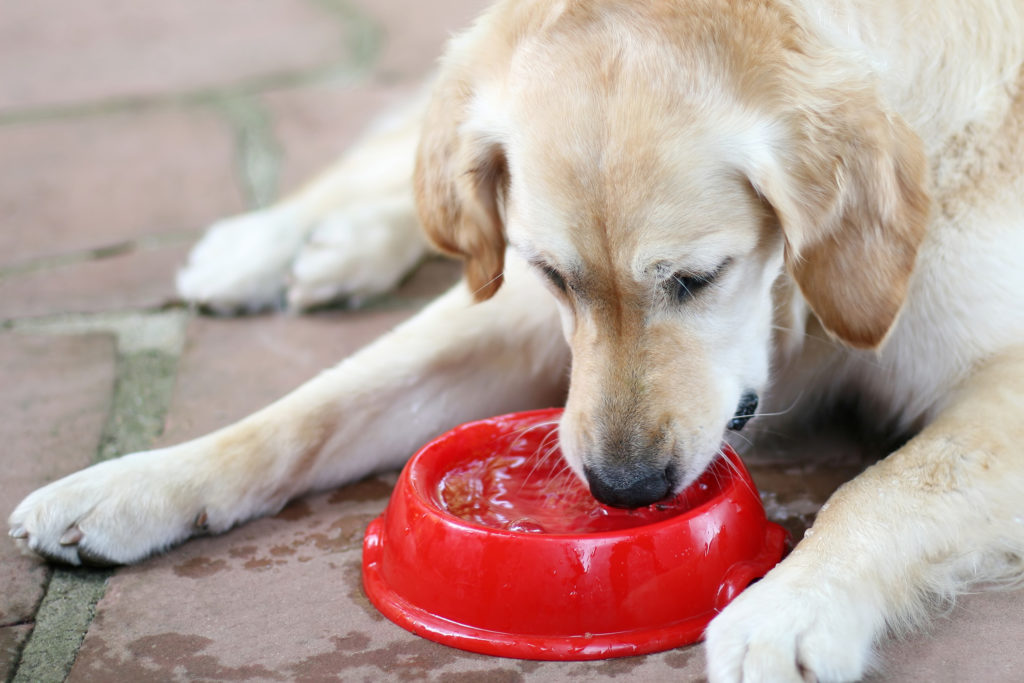As your beloved pooch ages, their habits change. Many senior dogs eat and walk less, but sleep and drink more. Depending on the climate of your city and the temperature of your house, your dog may naturally drink a lot of water. However, excessive trips to the water bowl can indicate more serious problems — especially as Fido ages. Read on to learn about signs to look out for.
What Is Excessive Thirst In Dogs?
Medically, this condition is called polydipsia. It can be life-threatening if not addressed promptly.
If your pooch has been drinking a lot more than usual for a few days, a trip to your veterinarian is the safest bet — especially during your pet’s golden years.
Common Causes Of Excessive Thirst
Excessive thirst in canine companions can be indicative of one or more of the following conditions:
Diabetes: A common symptom is excessive water intake. This condition can be the result of too much sugar in your furry friend’s blood. The good news is it can be controlled by diet changes and insulin injections.
Kidney Disease: When a dog has kidney stones, a kidney infection, or the dreaded kidney failure, they have to urinate more. As a result, they’re dehydrated and need to drink more water.
Cushing’s Syndrome: This can be caused by a tumor in your pooch’s adrenal or pituitary gland. Too much cortisol is released into the body, increasing both thirst and urination. Depending on the size and location of the tumor, this can be treated with medication or surgery.
Pyometra: An unspayed female dog is prone to this condition, which is an infection of her uterus. Pyometra is a life-threatening condition that requires surgery, intravenous nutrition, and antibiotics.
Other Causes Of Excessive Thirst
There are many other causes of excessive thirst in dogs. Again, prompt medical intervention is necessary to give your pooch the best chance of making a full recovery.
- Cancer
- Dehydration
- Diarrhea
- Fever
- Heatstroke
- Hyperthermia
- Infection
- Liver disease
- Medications (e.g., steroids and diuretics)
- Parasites
- Vomiting
Additional Tips
Keep a close eye on Rover’s energy levels, urinary and bowel habits, temperament, and appetite. If excessive thirst is accompanied by other behavioral changes, this further indicates the need for your vet’s expertise. Try not to panic, as your pet will pick up on this and become anxious. Many conditions, caught early, can be cured or managed.

